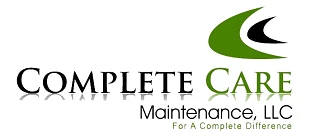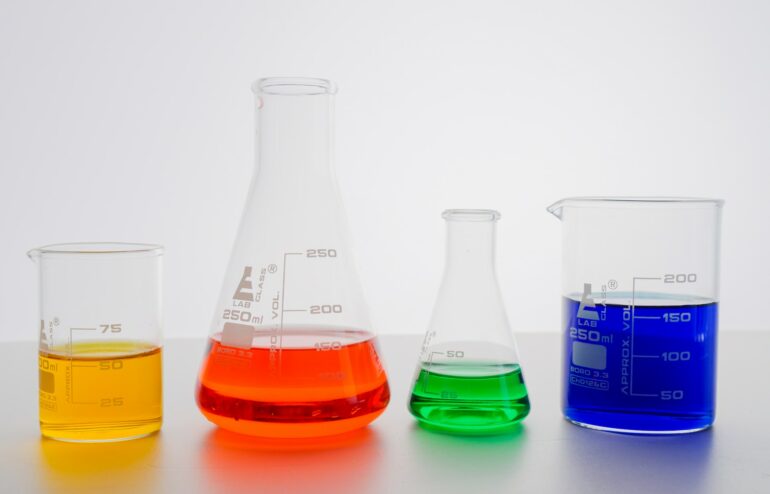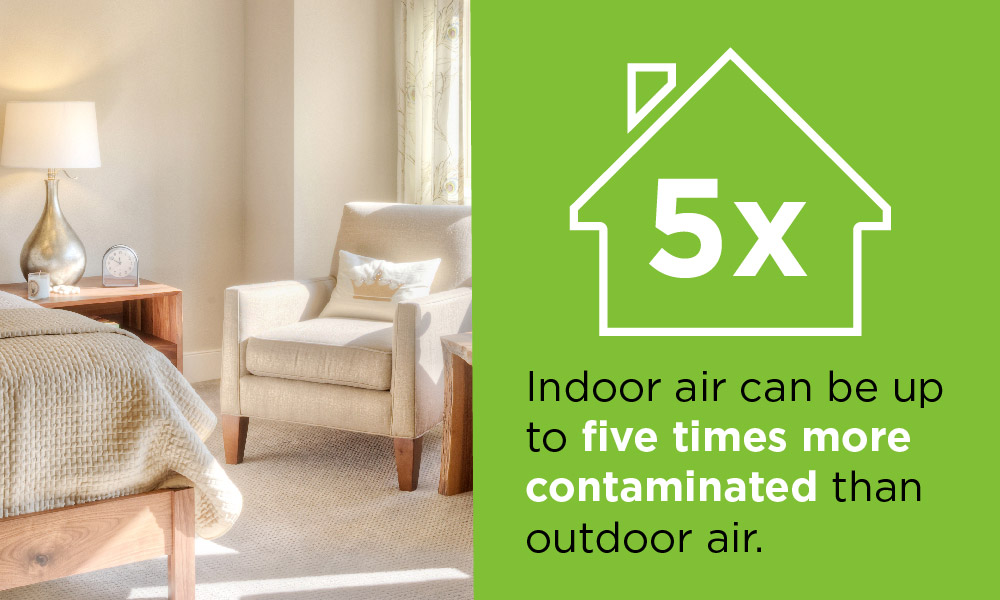Cleaning is not just a chore; it is a science. Effective cleaning requires an understanding of various cleaning agents and techniques to ensure optimal results. In this blog post, we will explore the science behind effective cleaning, including the different types of cleaning agents and their mechanisms of action. By gaining insights into the science of cleaning, you can make informed decisions about the products and techniques you use, achieving a cleaner and healthier environment.
Understanding Cleaning Agents
Cleaning agents, also known as cleaners or detergents, are substances specifically formulated to remove dirt, grease, stains, and other contaminants. Here are some common types of cleaning agents and their key characteristics:
- Surfactants: Surfactants are the main active ingredients in most cleaning agents. They reduce surface tension, allowing water to spread and penetrate better, thus aiding in the removal of dirt and grime.
- Enzymatic cleaners: Enzymatic cleaners use specific enzymes to break down and remove organic stains and residues. These cleaners are particularly effective on protein-based stains like blood, food, and pet accidents.
- Acidic cleaners: Acidic cleaners, such as vinegar or citric acid-based products, are used to remove mineral deposits, rust stains, and soap scum. They work by breaking down and dissolving these substances.
- Alkaline cleaners: Alkaline cleaners, like ammonia or sodium hydroxide-based products, are effective against grease, oil, and protein stains. They work by saponification, which involves breaking down fats and oils into soap-like substances for easier removal.
- Disinfectants: Disinfectants are designed to kill or deactivate pathogenic microorganisms, including bacteria, viruses, and fungi. They are commonly used in healthcare facilities, food establishments, and areas where sanitization is critical.
Mechanisms of Action
Cleaning agents work through various mechanisms to remove dirt and contaminants. Here are a few key mechanisms:
- Emulsification: Surfactants in cleaning agents act as emulsifiers, enabling the dispersion of oily or greasy substances in water. They surround and break down the oils, allowing them to mix with water for easy removal.
- Solubilization: Some cleaning agents solubilize substances by dissolving them into a liquid solution. For example, alkaline cleaners break down protein-based stains by breaking the bonds between the proteins and the surface.
- Mechanical Action: Agitation, scrubbing, or brushing enhances the effectiveness of cleaning agents by physically loosening and dislodging dirt particles from surfaces.
- Oxidation: Certain cleaning agents use oxidation to remove stains and discoloration. Oxygen-based cleaners release oxygen, which helps break down organic compounds and eliminate odors.
- pH Adjustment: Acidic or alkaline cleaners adjust the pH level of the cleaning solution to optimize the removal of specific types of stains. For example, acidic cleaners work well on mineral deposits due to their ability to dissolve them.
Cleaning Techniques
In addition to understanding cleaning agents, employing appropriate cleaning techniques is crucial for effective cleaning. Here are some essential techniques to consider:
- Pre-cleaning: Remove loose dirt, dust, and debris from surfaces before applying cleaning agents. This step helps prevent further soiling and ensures better contact between the cleaning agent and the surface.
- Dwell Time: Allow cleaning agents to dwell on the surface for a specific period. This gives the active ingredients time to break down stains and contaminants, enhancing their effectiveness.
- Agitation: Mechanical action, such as scrubbing, brushing, or using cleaning tools, helps dislodge and remove stubborn dirt and stains. Proper agitation ensures thorough cleaning.
- Rinse and Removal: After applying the cleaning agent and agitating the surface, rinse it thoroughly with clean water or use a damp cloth or mop to remove the cleaning solution and any residue.
- Proper Ventilation: Adequate ventilation is essential during cleaning to prevent the buildup of chemical fumes and improve air quality.
Leave The Science To Professionals
Effective cleaning is a blend of science, knowledge, and technique. Understanding the different types of cleaning agents, their mechanisms of action, and employing appropriate cleaning techniques can be challenging for those without the proper training and experience. That’s where Complete Care Maintenance can help! Our trained cleaning crews are well-versed in the science of cleaning. Call or contact us today and leave the science to the professionals.


















